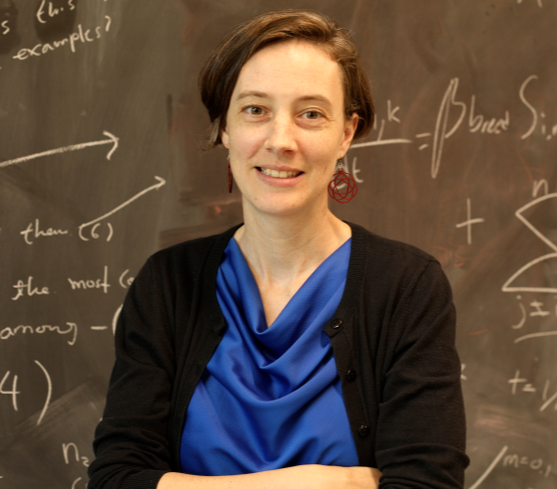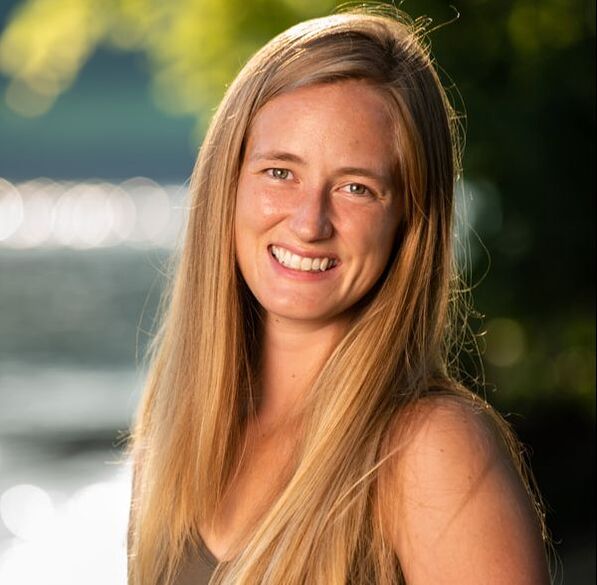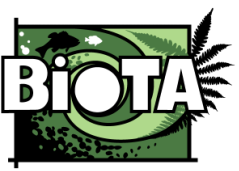Lab members
|
Allison Shaw (Associate Professor, EEB)
My research uses math to understand the similarities -- and reconcile the differences -- across species. In particular, I am fascinated by movement: a behavior found in all organisms that is often adaptable on short time scales, and influences the ecology and evolution of populations. I am interested in the factors that drive organisms to move, the consequences of movement, and feedback between these two. Generally, I construct either analytic or simulation models, which are fantastic tools for studying the interface between ecological and evolutionary processes. [CV-pdf] [Google Scholar] [Math Genealogy Project] |
|
Dennis Kim (2019+ Graduate Student, EEB) As a PhD student, I want to advance our knowledge on how to link both theoretical and practical approaches to the development of ecology. Currently, I am interested in how interactions among individuals of the same species and environmental changes affect animals’ decision-making on their dispersal patterns. I am also interested in how animal movement determines individual fates, which may allow populations to adapt to environmental changes. |
|
Martha Torstenson (2020+ Graduate Student, EEB) Throughout my PhD I plan to use theoretical tools to understand how migratory species can be expected to respond to climate change. I am interested in how animals respond to changes in environmental variability and stochasticity at different scales, from increases in severity and frequency of extreme climate events to shifts in seasonal patterns. I would like to investigate how migration as a strategy interacts with these changes to shape population dynamics. |
|
Steph Varghese (2024+ Graduate Student, EEB) I am interested in reconciling competing hypotheses of major evolutionary transitions. During my PhD, I hope to explore the role of facilitative interactions for driving novel advancements in biological organization. By combining mathematical modeling approaches in the Shaw Lab with experimental evolution of microbes in the Travisano Lab, I hope to contribute to greater clarity on how simple things gained incredible complexity over billions of years on earth. |
Honorary / Visiting lab members
We are lucky to currently have a number of 'friends of the lab' who often attend lab meetings and otherwise enrich our lab culture:
Let us know if you want to join us!
- Ave Bisesi
- Chris Wojan
- Angel Sylvester
- Matt Michalska-Smith
- Aarcha Thadi
Let us know if you want to join us!
Past Minnesota lab members
Recent collaborators
|
Theory Group
In the past (from 2014-2022) our lab facilitated an informal theory and modeling lab group meeting, open to anyone in EEB, PMB and beyond. The aim was to create a forum for providing feedback on ongoing modeling work...and to sometimes make theory-related desserts.
Biological Theory Alliance (BioTA)
We co-founded (in 2015) and were a member (until 2024) of the University of Minnesota's Biological Theory Alliance (BioTA), which aimed to bring together researchers who use conceptual and mathematical modeling to understand biology.
|
[Logo design by Carmen Martin]
|





